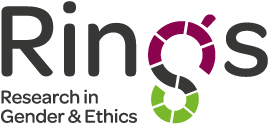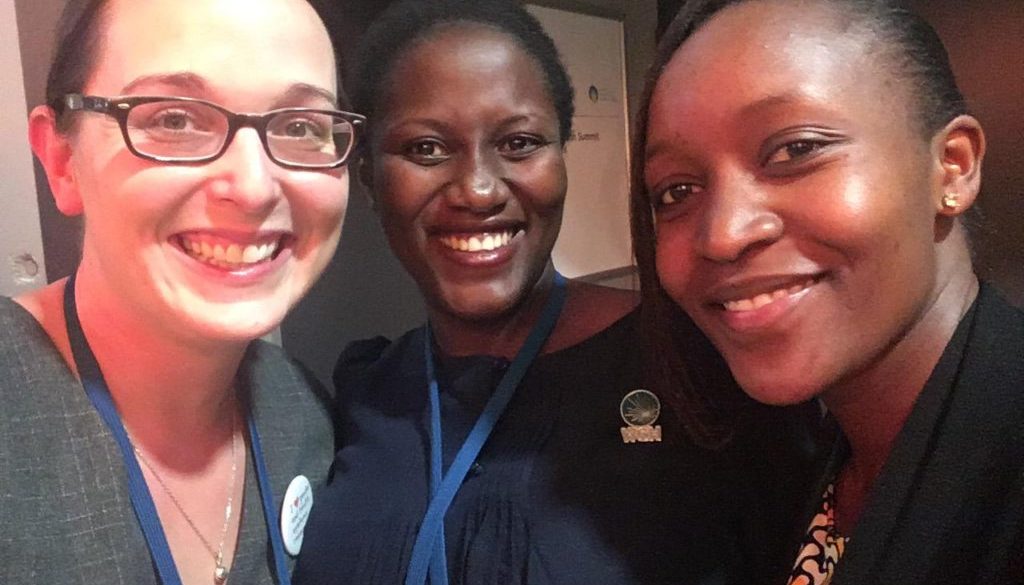Gender and health systems strengthening: Reflections from the World Health Summit
Our recent session at the World Health Summit allowed us to reflect on how gender influences all dimensions of the health system – the workforce, financing, service delivery, governance, medical products and supplies, and information systems.
Health workforce
Globally, over 70% of the workforce in the health and social sectors is comprised of women. Women deliver care to around 5 billion people worldwide. However, women’s empowerment and economic participation are limited by gender inequities within the health workforce. These include:
- The gender pay gap
- Lack of gender parity in leadership and low representation of women in policy-making positions
- Concentration of women in low skilled jobs
- De-valuing of women’s work
- Overdependence on unpaid or underpaid care provided by women
- Inadequate policies that promote women’s participation in the labour market.
Financing
Gender influences economic status which in turn affects access to care. In many low- and middle-income countries, the majority of women work in the informal sector and in unpaid work. This leads to lower health insurance coverage levels, higher risk of incurring out of pocket payments and greater exposure to financial hardship. Men have a higher likelihood of getting jobs in the formal sector with health insurance. Gender intersects with other social locations such as age, race, (dis)ability status, education to bring about varying degrees of vulnerability in terms of access to care. In Kenya, women’s caregiving roles, negative healthcare worker attitudes towards pregnant women with disabilities, and exclusion from public participation forums limit the extent to which poor women with disabilities benefit from free healthcare provided through pro-poor health financing reforms.
How can health systems be gender sensitive?
To prioritize gender inequities within health systems we need greater political will and commitment. There is need for greater advocacy for policies that promote women’s labour market participation. In addition, equal representation of women in leadership positions and health cadres, equal pay for work of the same value and valuing women as change agents in the health system are important.
An intersectional gender lens should be incorporated to better understand how gender and other social demographic factors interact to aggravate health inequities. We also need to generate and use gender and sex-disaggregated data to facilitate service delivery that is responsive to the needs of women, men, other genders, different age groups, and minority and vulnerable groups. In low- and middle-income countries resources are limited and there is reliance on external funding. We should channel scarce resources towards gendered policies and initiatives and to the meet the needs of the most vulnerable.
To eliminate discrimination, disrespect, and stigma we need to increase the number of health workers and build their capacity to offer gender-sensitive health services. Because current reproductive health services have a strong focus on antenatal, maternity and postnatal services we also need to create male-friendly reproductive health services and expand reproductive health benefit packages to cater to the needs of all genders, adolescents, and elderly people.
Moving forward
There is a commitment to achieve the Sustainable Development Goals. We will not be able to achieve many of the other Goals, including achieving Universal Health Coverage (UHC), without addressing gender equality. Evidence has shown that unless there are targeted interventions for vulnerable and marginalized groups within UHC initiatives, they stand to benefit last. Applying an intersectional gender lens to our research and interventions allows us to ensure that UHC is truly universal and no one is left behind.
By Evelyn Kabia, Rebecca Racheal Apolot, Rosemary Morgan

